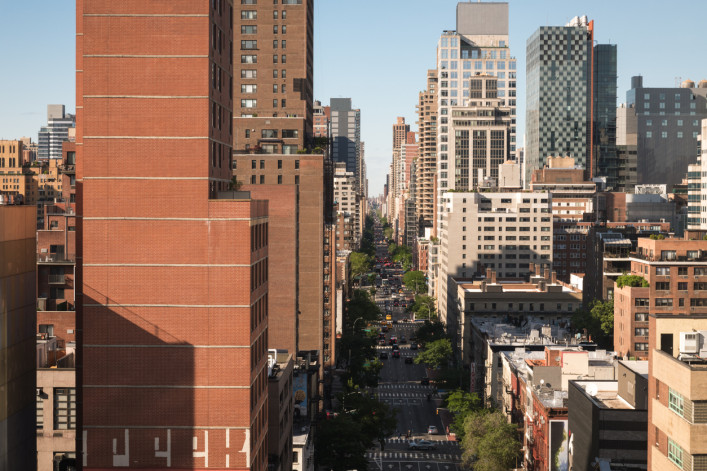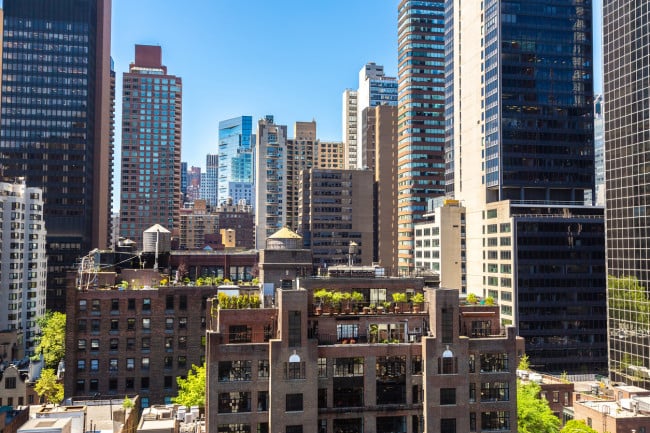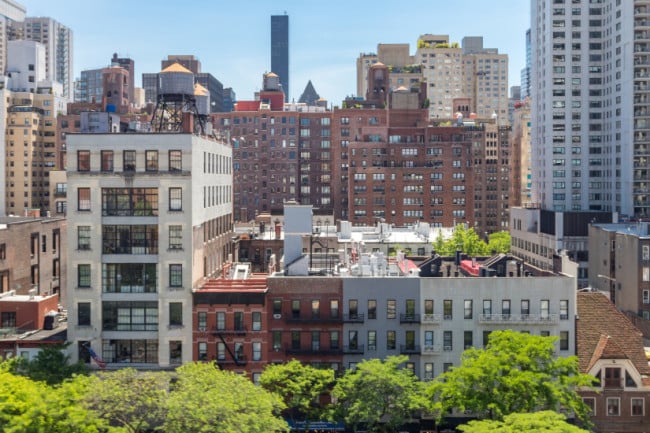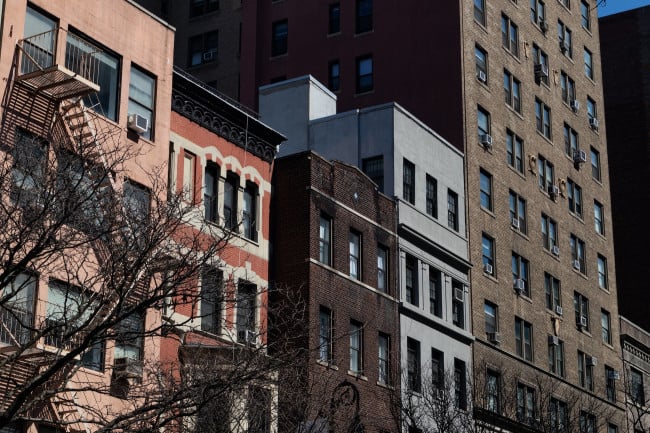What the Federal Reserve's move means for NYC buyers and sellers

NYC buyers and sellers may be feeling jittery after the Federal Reserve's move last week, but it is not expected to put a damper on the turbocharged NYC sales market, although first-time buyers will feel the rise in the cost of borrowing.
iStock
The news that the Federal Reserve last week raised its target federal funds rate by a quarter of a percentage point from near zero to stem inflation and that there are plans for six more increases by the end of the year may have given New York City buyers and sellers the jitters.
The resulting rise in the cost of borrowing is not expected to put a damper on the turbocharged NYC sales market—which has seen record sales volume in recent quarters, but the move is likely to hurt first-time buyers, experts tell Brick. However other factors—like a lack of inventory and severe inflation—pose long-term threats that could chill buying in NYC.
The Fed’s move was an effort “to corral what is already the highest inflation in 40 years,” says Greg McBride, chief financial analyst at Bankrate.com.
The federal funds rate is the interest rate at which banks borrow and lend to one another overnight. This rate isn’t what borrowers pay, although it still impacts consumer loans like mortgages, which have already been creeping up.
Mortgage rates are based on a long-term outlook, McBride says. “By the time we see an interest rate increase, mortgage rates have long reflected” those economic conditions, he says.
Today, the average rate for the benchmark 30-year fixed mortgage is 4.55 percent, up 22 basis points from a week ago, according to Bankrate. Mortgage rates topped 4 percent this month for the first time since May 2019.
“Mortgage rates are a half-percentage point higher than six months ago, which coupled with elevated home prices, have priced out some would-be homebuyers,” McBride says. When inflation starts to retreat, buyers will see lower mortgage rates, he says.
In the meantime, “higher mortgage rates may temper demand for first-time home buyers who rely on financing,” McBride says.
Seeing rates increase “can make home buyers nervous, but interest rates are still very low, historically speaking,” says Brittney Baldwin, vice president and loan officer at National Cooperative Bank (a Brick Underground sponsor).
“With more rate increases, it could impact the loan amount and what purchasers can qualify for and afford to buy. Inventory levels are low, and the purchase market is competitive, so buyers will need to make sure they are having conversations with their loan officers to see what they can afford,” she advises.
The bigger economic picture
In fact, the Fed raising rates is a positive development for the economy, says Melissa Cohn, regional vice president of William Raveis Mortgage. “The Fed needs to fight inflation. It’s critical to bring prices down,” she says.
These are fraught times for the world at large and Russia’s invasion of Ukraine could be a game-changer for the U.S. economy, she says.
There are fears that the U.S. ban on Russian oil could tip the U.S. into stagflation—a combination of persistent high inflation with stagnant economic demand—by exacerbating already-high energy prices.
That scenario would change the real estate market as buyers delay purchasing plans in order to afford increasing prices for necessities. It happened before as a result of oil crises in the 1970s, which sent inflation soaring and mortgages into the teens, Cohn says.
Hedging against inflation
Inflation could be considered a reason to accelerate your plan to buy, if you are contemplating a move.
“When you lock in a fixed-rate, one of your primary expenses is locked in, even if you are getting a higher rate, at least it won’t change on you,” Cohn explains. “If you think about someone’s housing expenses, it represents 40 percent of their gross income. That’s a huge hedge against inflation. And you get to live there,” Cohn says.
She says there are other approaches to this strategy, for example getting a longer-term, adjustable-rate mortgage, “which in some cases can be lower than a fixed rate” and is a good bet for someone who anticipates a rise in your income. Otherwise, if you are on a fixed budget, a fixed mortgage is a safer bet.
“Sit down and figure out how long you will be in your home. Look at your income and cash flow and consider whether you can expect a bonus or other income,” Cohn says.
She says rising mortgage rates are not something she expects most buyers to panic about. Cohn is not seeing a slowdown in buying activity for now.
“When rates were at 7 percent, we thought that was outrageous, but people were still buying,” she points out.
Not an issue for all-cash buyers
An increasing number of NYC buyers are paying all-cash (although they may finance later). In the third quarter of 2021, even though mortgage rates were still historically low, the percentage of deals involving all-cash buyers crept up to about half.
Up until that point, even if they could afford to pay all cash, buyers were generally taking advantage of low-cost financing. That ended as the market shifted into higher gear and buyers looked for ways to beat their competition.
In that regard, higher costs for borrowing primarily hurts lower-wage buyers who need financing. It’s another wedge between the haves and have-nots in NYC, points out Pierre E. Debbas, managing partner at the law firm Romer Debbas.
‘Mayhem’ in the NYC sales market
Debbas says he has never seen a market as active as NYC has been in the last two years. Once the city rebounded from the shutdown—it’s been “mayhem,” he says, noting that the “amount of wealth created in the last two years is staggering.”
He’s working with a higher number of all-cash deals because buyers want to “put their cash into something stable,” Debbas says. Paying all cash help transactions close faster and right now, “cash in the bank is a depreciating asset,” he points out.
That’s translating into huge demand in NYC for pieds-à-terre, otherwise known as second (or third) homes. Debbas says it’s been fueled by buyers looking to seize opportunities to own a piece of NYC before prices climb all the way back up to pre-pandemic levels.
“No one thought the city would bounce back so fast,” he says.
Even more surprising: These are largely domestic buyers who have been buying up pieds-à-terre, since travel bans until recently have kept most international buyers away.
Now with spring here, the traditional busy season for NYC real estate, it remains to be seen whether the rollicking sales pace will continue, or if a lack of inventory, combined with the Fed’s move, will box the market in on both the high- and low-ends and tame it into a quieter beast.
You Might Also Like





























